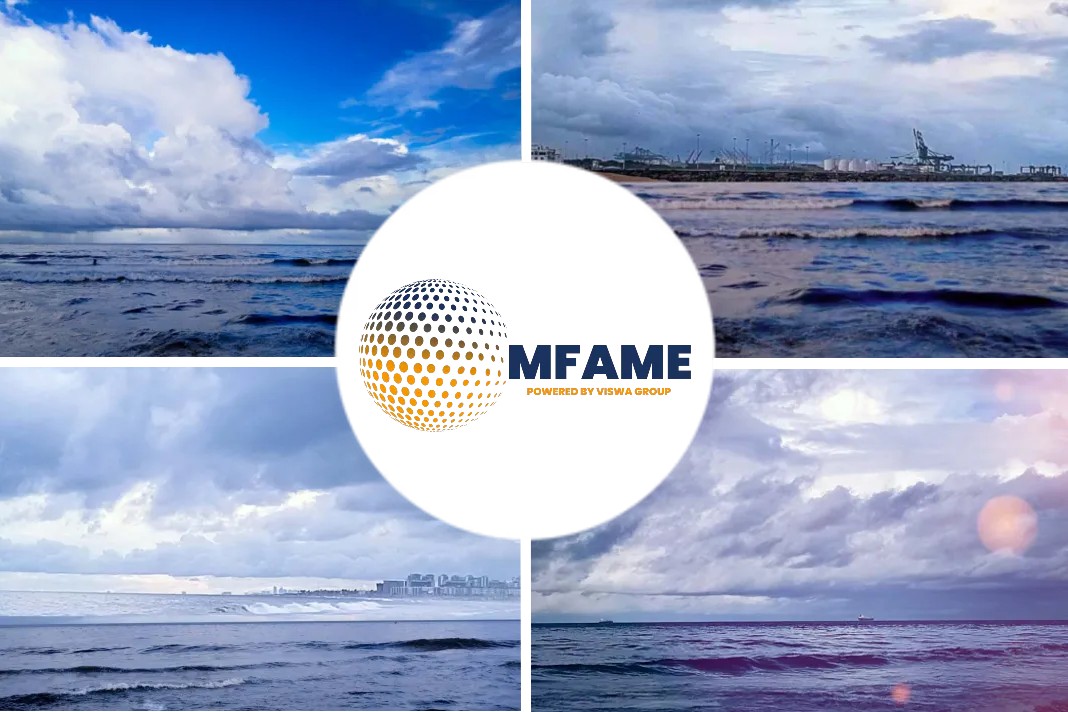Wijnne Barends, based in the Netherlands, has placed an order with China’s WuHu Shipyard for four shortsea cargo ships featuring LNG propulsion systems, reports Maritime Propulsion.
The newbuilds will feature LNG propulsion and storage systems provided by Wärtsilä, making the vessels among the first of their type to be powered by LNG fuel.
LNGPac storage from Wärtsilä
Wärtsilä developed a bespoke system, in close cooperation with the naval architect and the owners, because of space restrictions on shortsea cargo ships.
This allows the LNGPac storage and supply system to be installed below deck without compromising the cargo hold space.
The propulsion efficiency will be optimised as a result of Wärtsilä’s Opti Design capabilities, which allows the propeller and HP nozzle to align with the vessel’s hull.
Cloud-based services and Remote monitoring
These technologies will be supported via Wärtsilä’s Data Collection Unit (WDCU), which encompass cloud-based services and remote monitoring to optimise operability, fuel economy, and periodic maintenance.
Ad Toonen, technical director, Wijnne Barends said, “We are very pleased to have these next-generation sustainable vessels. Minimising our environmental footprint has long been a focal point for us, and the reduction of emissions is a fundamental part of this.”
“The new vessels running on LNG fit well into our continuous drive for greener operations,” he commented.
Vessels ready for delivery
The Wärtsilä equipment will be delivered to the shipyard during the fourth quarter of 2020. The first vessel should be delivered during autumn 2021. The 5,800 dwt lo-lo ships will operate in the Baltic and North Seas and will be Finnish/Swedish Ice Class 1A classified.
Six previously ordered vessels for Wijnne & Barends, which are already under construction, are also being fitted with Wärtsilä main engines and CPP propellers.
The second of those six newbuilds, Lady Hestia, was delivered by an Indian shipyard on January 7, 2020. With a deadweight capacity of about 4,200 tonnes and a length of 98 m, the newbuild meets tier three environmental standards.
Did you subscribe to our daily newsletter?
It’s Free! Click here to Subscribe!
Source: Maritime Propulsion






















